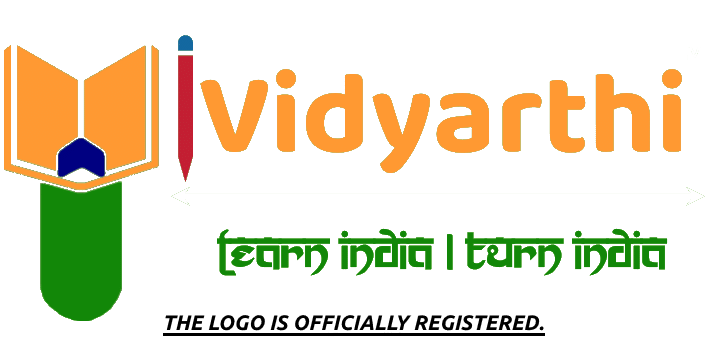Python Programming Language: The Beginner's Guide
Python is a high-level, interpreted, and general-purpose programming language that is easy to learn and read. It was created in the late 1980s by Guido van Rossum and has since then become one of the most popular programming languages in the world. In this beginner’s guide, we will explore the features, advantages, and applications of Python programming language.
Features of Python Programming Language
Python is a dynamically typed language, which means that you don’t have to specify the data type of a variable when you declare it. Python’s syntax is concise and easy to read, making it a popular language for beginners. Some of the key features of Python are:
Interpreted language: Python is an interpreted language, which means that you don’t have to compile your code before running it. This makes the development process faster and more efficient.
Object-oriented: Python supports object-oriented programming, which allows you to create classes and objects that encapsulate data and functionality.
Cross-platform: Python runs on multiple operating systems, including Windows, Linux, and Mac.
Large standard library: Python comes with a large standard library that includes modules for working with databases, web development, and scientific computing.
Advantages of Python Programming Language
Python is a versatile language that can be used for a wide range of applications. Here are some of the advantages of using Python:
Easy to learn: Python has a simple syntax and is easy to learn, making it an ideal language for beginners.
Large community: Python has a large community of developers who contribute to the language by creating libraries, frameworks, and tools.
Rapid development: Python’s concise syntax and large standard library make it a popular choice for rapid application development.
Machine learning and data science: Python has become the go-to language for machine learning and data science due to its extensive library support and ease of use.
Applications of Python Programming Language
Python can be used for a variety of applications, including:
Web development: Python can be used for building web applications using popular web frameworks such as Django and Flask.
Machine learning: Python’s extensive library support and ease of use make it an ideal language for machine learning.
Data analysis: Python is widely used for data analysis and visualization in industries such as finance and healthcare.
Automation: Python can be used for automating tasks such as data entry, file management, and web scraping.
Getting Started with Python
To get started with Python, you need to install the Python interpreter on your computer. You can download the latest version of Python from the official website. Once you have installed Python, you can use a text editor or an integrated development environment (IDE) to write your code.
Here is an example of a “Hello, World!” program in Python:
print("Hello, World!")
'print' function in Python. Conclusion
Python is a versatile language that is easy to learn and read. It has become one of the most popular programming languages in the world due to its features, advantages, and applications. Whether you are a beginner or an experienced developer, Python is a language that you should consider learning. With its extensive library support and ease of use, Python can be used for a wide range of applications, from web development to machine learning and data analysis.
Python official website – https://www.python.org/
Other blogs:
